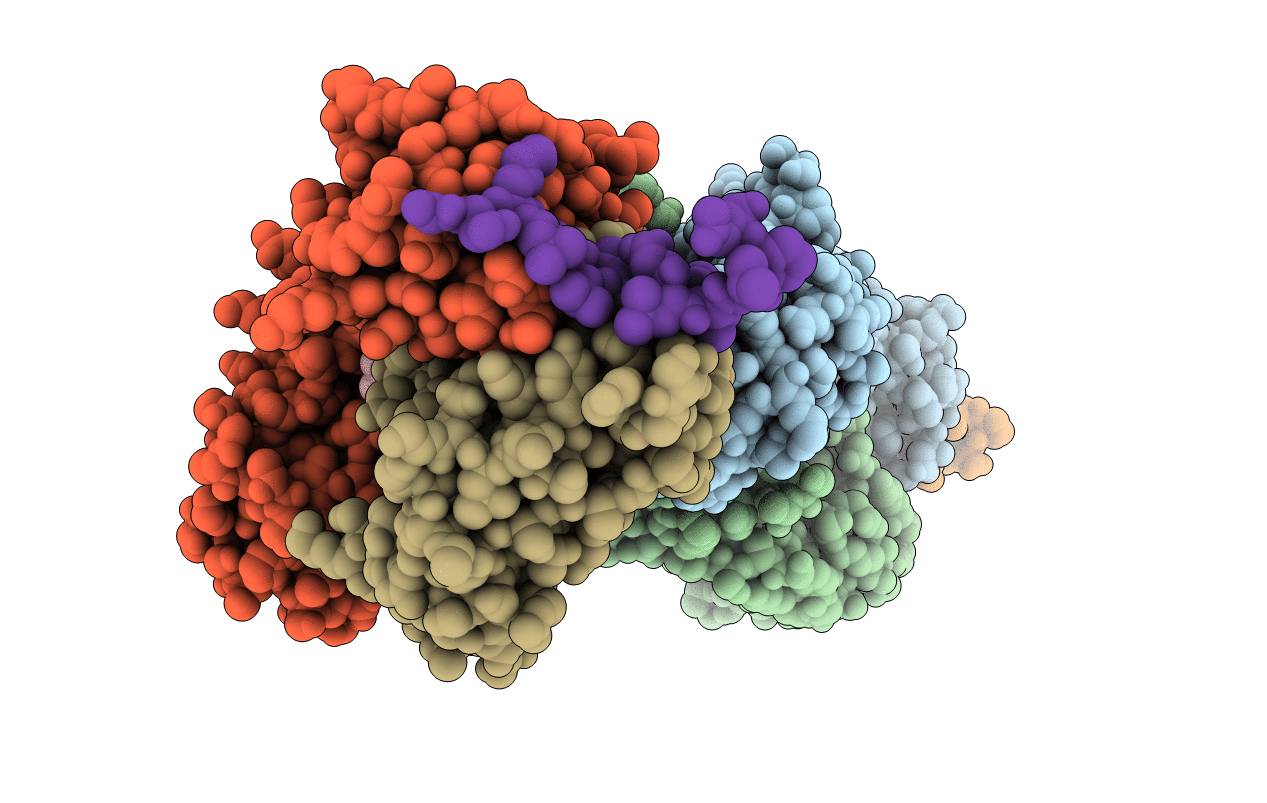
Deposition Date
2021-11-01
Release Date
2022-06-15
Last Version Date
2024-10-23
Entry Detail
PDB ID:
7Q4Q
Keywords:
Title:
Magacizumab Fab fragment in complex with human LRG1 epitope
Biological Source:
Source Organism:
Homo sapiens (Taxon ID: 9606)
Mus musculus (Taxon ID: 10090)
Mus musculus (Taxon ID: 10090)
Method Details:
Experimental Method:
Resolution:
1.65 Å
R-Value Free:
0.20
R-Value Work:
0.18
R-Value Observed:
0.18
Space Group:
P 21 21 21


